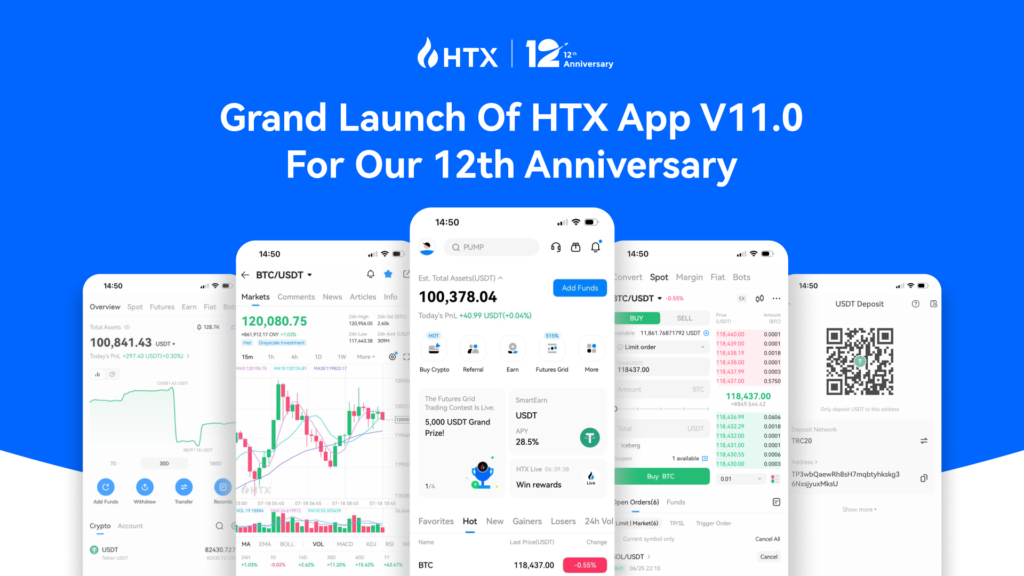The price of Optimism’s (OP) token has dropped by nearly 15% on the week, the second biggest drop among the top 100 digital assets. Traders are betting there isn’t enough demand for tokens of the second-largest scaling platform for Ethereum as part of the supply vests.
Core contributors and investors will be able to sell roughly 25% of their OP allocation on Tuesday, according to a dashboard from Token Unlocks. That equates to roughly 9% of the total supply of OP tokens.
OP circulating supply will rise from 335,376,391 to 644,159,767.35 after the unlock, which will happen at 12:01 a.m. New York Times, according to a pinned post in Optimism’s Discord.
Tanawat, the pseudonymous founder of Token Unlocks, told The Defiant that the unlock of OP is “quite huge” compared to other recent releases of vested tokens.
The OP token unlock comes at a time when Optimism has received sign-ons from major projects in the crypto industry — Coinbase committed to using Optimism’s technology in February to develop its own rollup, a name for a scaling technology that resolves transactions on Ethereum.
The controversial Worldcoin project also announced intentions to use Optimism’s mainnet for its identity solution this month.
A release called Bedrock, which both Coinbase and Worldcoin will use, is set to launch on June 6.
In the context of digital assets, vesting is a gradual release of tokens to parties like investors, core team members, and advisors. It’s a common practice generally meant to incentivize longer-term time commitments on the part of those who received token allocations.
Vesting structures come in various forms — Optimism has what’s called a “cliff” where many tokens are released at once. Some like DeFi’s leading decentralized exchange, Uniswap, are gradually emitting tokens after an initial airdrop.
Delaying unlocks, like the trading platform dYdX did earlier this year, can improve investor sentiment around a token, as the selling pressure is delayed.
Of course, vested token allocations aren’t the only way tokens’ supplies continually increase — liquidity mining mechanisms, whereby tokens are provided to incentivize certain user behaviors, also increase tokens’ circulating supplies.
While the shows of support from market leaders inspire confidence, the dynamic around the token is causing ripples of unrest because a significant amount of OP tokens remain either locked or not yet distributed by the project’s foundation.
Optimism responded to the criticism in a forum post saying that a token distribution chart on Optimism’s website was “an example, for illustration only, and not exact.”



